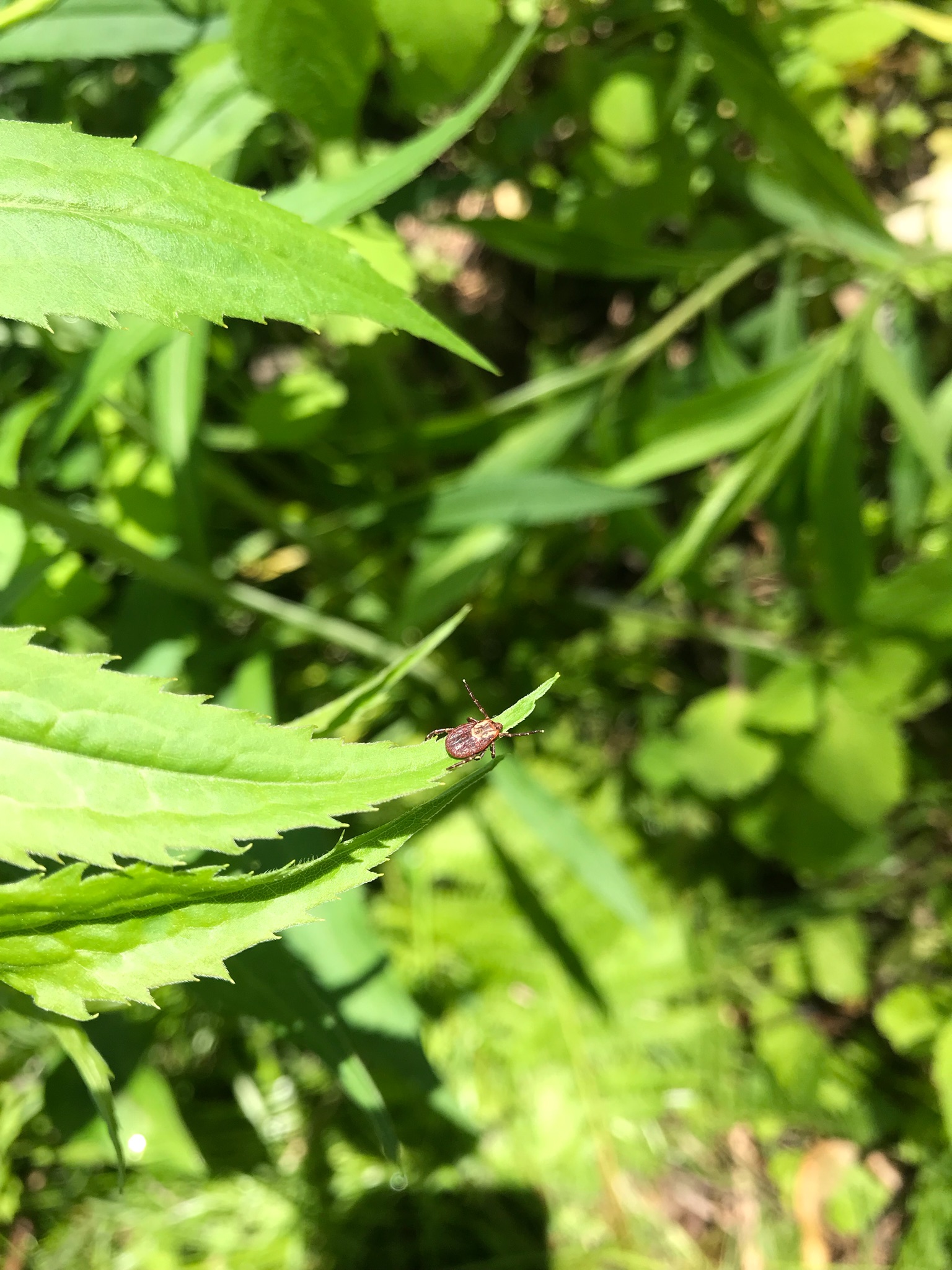Current Research About Deer Ticks and Lyme Disease
Why is Lyme disease more prevalent in the northeast United States?
There are many factors which contribute to the spread of Lyme disease. Scientists have found that deer ticks in the south behave differently than those in the north. Higher temperatures in the south discourage deer ticks from actively seeking a host. Instead, they will remain under the leaf-litter where they are protected from the sun. This significantly reduces the likelihood that a deer tick will interact with and feed off of a human host. In the northern part of the United States, where weather is milder, the deer tick will leave the leaf litter and climb up grass and vegetation increasing the chance of finding a human host and spreading disease.
Other theories suggest the differences in available hosts between the northern and southern United States play a significant role in the prevalence of Lyme disease. Many of the animals which deer ticks feed on in the south are not carriers of Lyme disease. This “dilutes” the infected hosts reducing the probability of a deer tick contracting a disease and subsequently spreading it.
References
Arsnoe, I., Hickling, G., Ginsberg, H., Mcelreath, R., & Tsao, J. (2015). Different Populations of Deer Tick Nymphs Exhibit Differences in Questing Behavior That Have Implications for Human Lyme Disease Risk: e0127450. PLoS ONE, 10(5). doi:10.1371/journal.pone.0127450
Ginsberg HS, Albert M, Acevedo L, Dyer MC, Arsnoe IM, Tsao JI, et al. (2017) Environmental Factors Affecting Survival of Immature Ixodes scapularis and Implications for Geographical Distribution of Lyme Disease: The Climate/Behavior Hypothesis. PLoS ONE 12(1): e0168723. doi:10.1371/journal.pone.0168723
What are the implications of climate change on deer tick populations and the spread of Lyme disease?
Many in the scientific community believe climate change is one of several factors that have contributed to the sudden emergence of Lyme disease as an epidemic in the Northeastern United States. Research supports that changes in weather trends can have a substantial impact on deer tick and white-footed mice populations and the occurrence of Lyme disease. Milder and shorter winters due to climate change in both Canada and the northern United States create ideal conditions for the migration of white-footed mice and deer ticks to new areas.
White-footed mice are carriers for Lyme disease and are most responsible for transmitting the disease to deer ticks. When these small mammals migrate to new locations, they contribute to the spread of disease and increase in deer tick populations.
Scientists have compared past relationships between weather trends, white-footed mice populations, deer tick populations, and the prevalence of Lyme disease. They have used this information to predict the potential for further expansion of white-footed mice and deer ticks into northern regions suggesting Lyme disease occurrence will become more prevalent in Canada and the northern United States.
References
Ogden NH, Radojević M, Wu X, Duvvuri VR, Leighton PA, Wu J. 2014. Estimated effects of projected climate change on the basic reproductive number of the Lyme disease vector Ixodes scapularis. Environ Health Perspect 122:631–638; http://dx.doi.org/10.1289/ehp.1307799
Roy-Dufresne, E., Logan, T., Simon, J. A., Chmura, G. L., & Millien, V. (2013). Poleward expansion of the white-footed mouse (peromyscus leucopus) under climate change: Implications for the spread of lyme disease. PLoS One, 8(11) doi:http://dx.doi.org.proxy.libraries.rutgers.edu/10.1371/journal.pone.0080724

